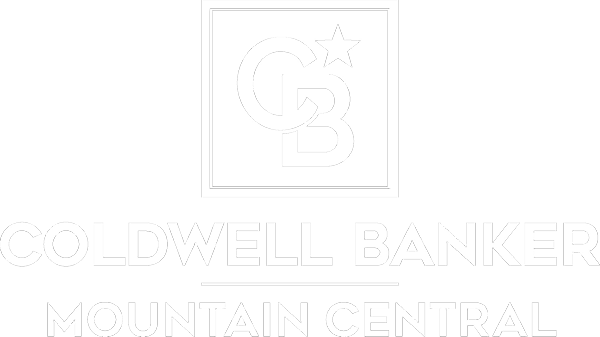Some types of insurances may seem like a luxury. Other types are simply mandatory. If you own and drive a car, it has to be insured. Similarly, if you’re paying off a house, you must have home insurance.
Home insurance is a way of distributing the risk of owning a house. If something were to happen to their home, most people couldn’t afford to just write that cost off and move on. However, an insurer has your monthly premiums and the premiums of thousands of other homeowners. If just one of all those houses is damaged, then the insurer can easily afford to fix that home. The insurer benefits assuming that they make more in premiums than the amount they need to pay out to fix all of the homes they’re insuring. The homeowner benefits because if something does happens to their home, the insurer is there to help them fix it.
But what should you look for when choosing your home insurance? There are several things you should consider before choosing your home insurance. For example: How large of a deductible do you want? Most of your considerations will affect the cost of your premiums, but we’ll discuss those sorts of choices more in a later blog. For now, these are the major choices you need to make.
All-Peril or Named Peril? All-Peril and Named Peril are the two types of home insurance you’ll have to choose from. Both can provide a homeowner with good coverage, but they discuss what they protect your home against in very different ways. All-Peril home insurance will include a list of things your home is not protected against. If something on that list happens, your insurer won’t pay. Named Peril is the opposite. They have a list of what they will cover, and they won’t protect you against anything not on their list.
Named-Peril home insurance is usually slightly more affordable, but, at the end of the day, you’ll just need to research your area and see what you need included. If you’re buying your home in High River, Alberta, you’ll want flood and other water-related damage to be covered. On the other hand, if you’re buying in Vancouver, then you may very well want earthquake and tsunami coverage as well.
Contents Insurance is the part of the policy that protects what you keep in your home. This includes jewelry, furniture, instruments, electronics, and just about anything else of value. When you pick your contents insurance, you’ll have to choose between market-value replacement or actual replacement cost.
Market-value replacement will look at how much you would likely have gotten if you’d sold your item. Actual replacement cost is often the more expensive choice, but it will cover the cost of replacing the lost item. While many possessions like instruments and furniture will have similar market-value replacements and actual replacement costs, some things like electronics lose value very quickly. Receiving the market-value replacement of your 5 year old television will hardly cover the costs of buying a new one.
Take a good look at your possessions before deciding whether market-value replacement or actual replacement costs makes more sense for you. It’s also important to have photo evidence of your possessions and the approximate values recorded somewhere safe. If something happens to your home, your insurance company will demand these records before replacing anything.
When it comes to talking about home insurance, there are just so many topics to cover. I could write an entire article just on loss of use, things you can do to lower your premiums, or how to choose between All-Peril or Named-Peril insurance. I will try to cover these topics in the future, but if you have any question about home insurance right now, please contact me today!

